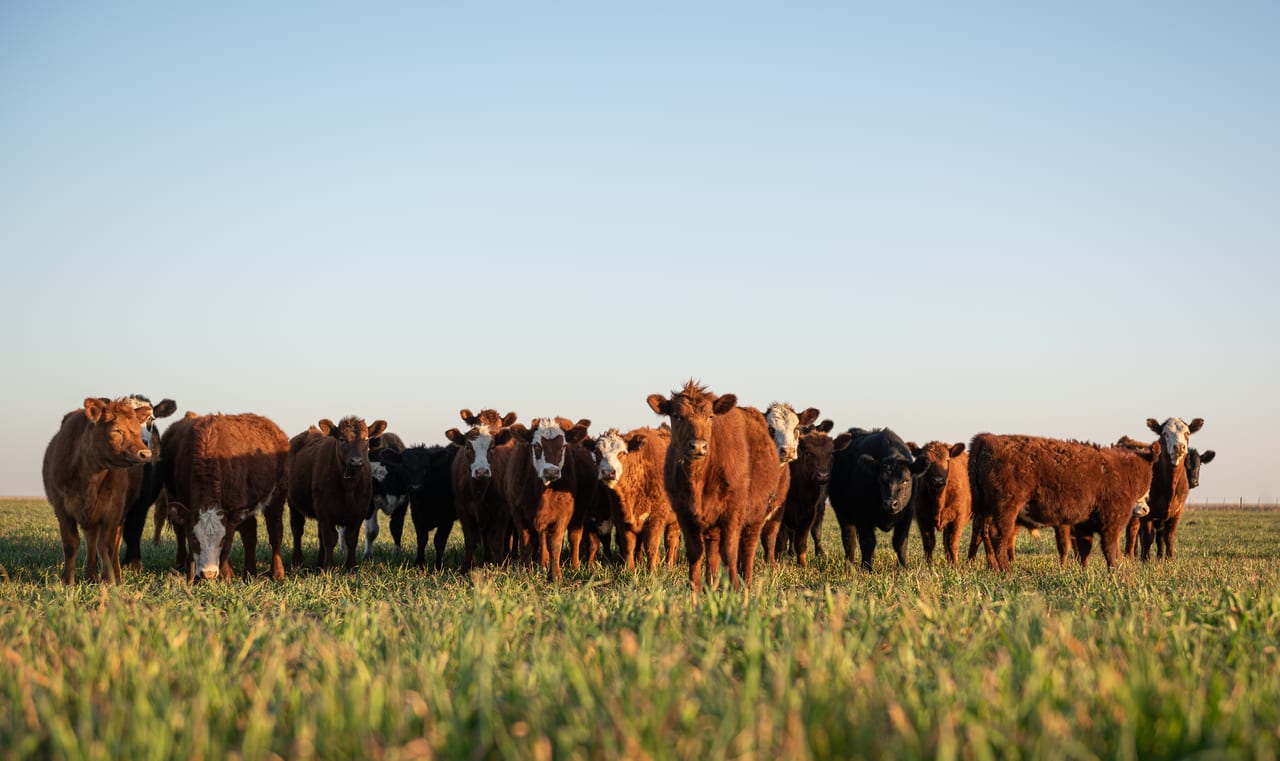
recovering from a challenging year
By kurt vogel
the state of
animal WElfare
the state
of the
industry
During the escalation of the COVID-19 pandemic in the summer of 2020, the entire live-animal supply chain was disrupted as slaughter establishments dealt with internal virus outbreaks and resulting reductions in slaughter capacity. The reduction in capacity caused a backlog of livestock that were ready for slaughter and the difficult decision to depopulate when animals couldn’t be placed on maintenance diets and retained until capacity returned. The effects were the most burdensome for producers of high-turnover species, such as pigs, where each phase of production was operating near full capacity, and it didn’t take much time for a backup to overwhelm upstream capacity. At that time, some slaughter facilities that could not maintain full operation became depopulation and carcass disposal sites, because there wasn’t a good way to safely operate the entire slaughter and fabrication process. It was a very difficult time for the entire livestock production sector and a reminder of how the efficiencies in our production systems leave precious little room for bottlenecks.
One of the challenges that gained emphasis from the pandemic-associated depopulations was the difficulty in effectively euthanizing and stunning large pigs, like breeding sows and boars, with captive bolt tools. A few research studies have been published recently that have focused on alternative captive bolt locations for those large animals in a temporal position along the side of the head and behind the ear. More refinement in captive bolt tools and placement guidance are needed before either of those positions can be used as reliably as the typical front-of-the-head location, but they seem to have potential for future use.
One of the challenges that gained emphasis from the pandemic-associated depopulations was the difficulty in effectively euthanizing and stunning large pigs, like breeding sows and boars, with captive bolt tools.
Summary of enforcement actions
In the annual analysis of the USDA’s Food Safety and Inspection Service’s (FSIS) Humane Handling Enforcement Actions, the Animal Welfare Lab at the University of Wisconsin – River Falls recorded nearly 88% (87/99) of enforcement actions as stunning-related from 2020. Out of those 87 enforcement actions, approximately 83% (72/87) were associated with gunshot and captive bolt applications. The primary reason for mechanical stunning enforcement actions couldn’t be discerned reliably, because slightly more than half of stunning-related enforcement action letters did not provide a clear description of the causative factors behind the incidents they reported. For a more detailed analysis of the 2020 enforcement actions, click here.
The take-home message from the 2020 humane handling enforcement action analysis is to continue to pay attention to captive bolt and firearm stunning in all areas that affect the outcome. That means we need to continue to focus on training, monitoring and tool refinement.
Kurt Vogel is an Associate Professor in the Animal and Food Science Department at the University of Wisconsin – River Falls. He is also the President of Vogel Livestock Solutions, a food animal welfare consulting company. If you have any questions or comments, email kurt.vogel@uwrf.edu or phone (715) 425-4704.
